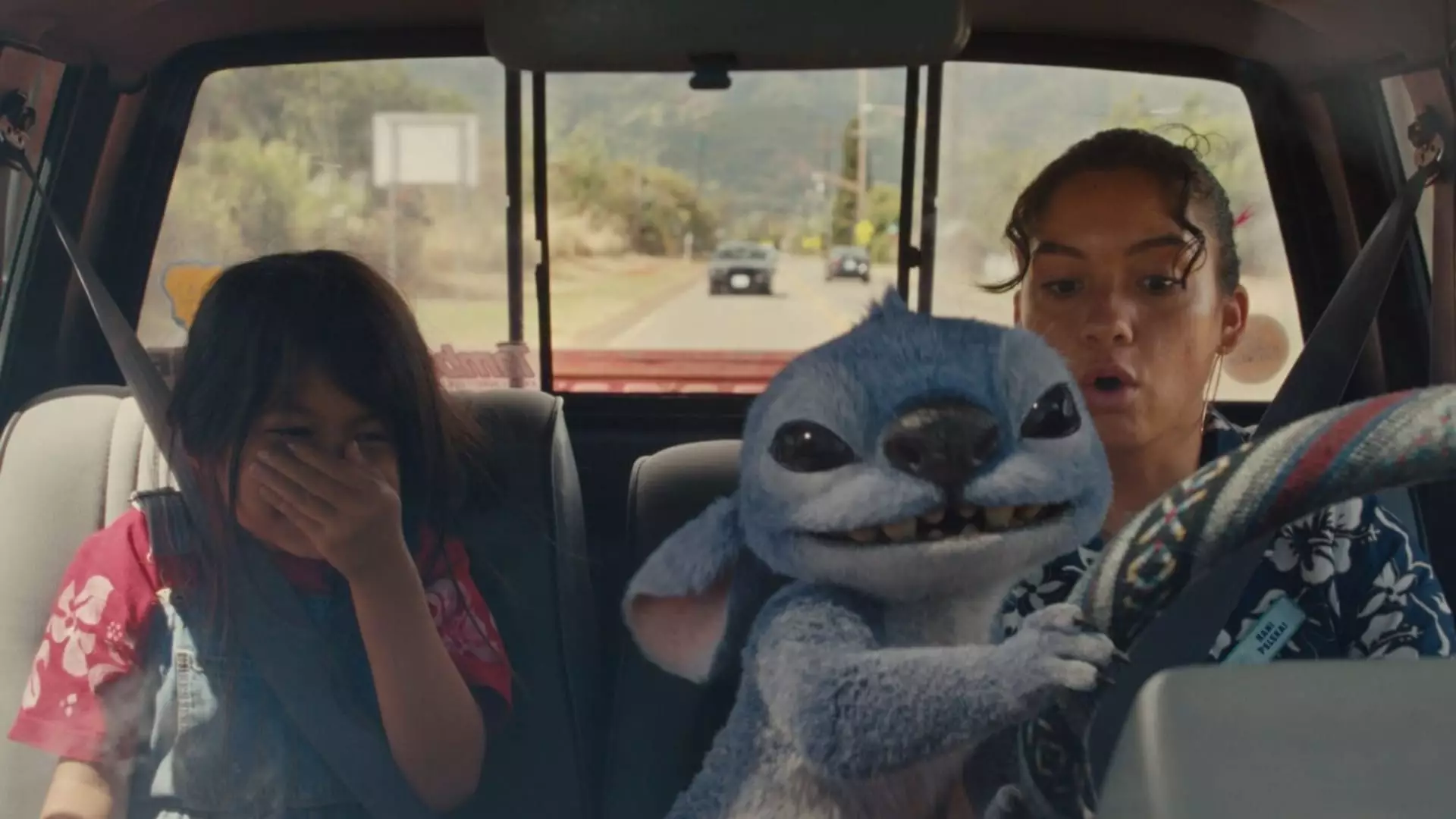This past Memorial Day Weekend proved to be a watershed moment for the movie theater industry in the United States. After enduring a punishing few years where Netflix and Disney+ returned viewership to home screens, the industry witnessed a remarkable resurgence, with attendance and revenue levels breaking records. Shares of major theater chains like AMC, Marcus Theatres, and Cinemark soared dramatically, with AMC leading the pack by gaining more than 20%. This massive leap in stock prices isn’t just coincidental; it’s a clear indicator that audiences are once again rallying behind the big screen.
When you consider the staggering figure of $326 million raked in during this holiday alone, the transformation becomes crystal clear. This sum dwarfed the previous year’s figure of $132 million and marks the highest Memorial Day box office in history, rendering past concerns over the death of theatrical releases seemingly obsolete—at least for now. This resurgence begs the question: What led to this exceptional revitalization in a sector that was once thought to be floundering?
Strong Variety and Anticipation for New Releases
The release strategy by major studios also played a pivotal role in this financial triumph. Disney’s live-action adaptation of “Lilo & Stitch” together with Paramount’s action-packed “Mission Impossible — The Final Reckoning,” alongside established favorites like Marvel’s “Thunderbolts” and Warner Bros.’ “Sinners,” created an enticing mix for diverse audiences. These crowd-pleasing tentpole films not only attracted families but also a variety of filmgoers, driving up cinema attendance across various demographic lines.
The Director of Analytics at Fandango, Shawn Robbins, encapsulated this sentiment well when he noted that everything aligned perfectly this holiday weekend. Surely, the nostalgia factor of “Lilo & Stitch” mingled with the adrenaline-pumping sequences of “Mission Impossible” generated a buzz that was impossible to ignore. This shows that the so-called ‘Hollywood formula’ is still alive; reaching audiences with varied tastes keeps cinema seats filled.
Evidence of Consumer Preference for Theatrical Releases
Adam Aron, CEO of AMC, detected a noticeable shift reflecting moviegoers’ growing preference for the cinematic experience over streaming alternatives. Each weekend has consistently shown a robust appetite for going out to the movies, culminating in a record-setting Memorial Day. After a tortuous period of uncertainty, the financial numbers emerging from this holiday suggest that movie theaters may have indeed turned a critical corner towards sustained profitability.
Despite the disappointments suffered during COVID-19 lockdowns, which drove audiences to their couches, this resurgence serves as a wake-up call to both studios and independent theaters alike. The significance of shared experiences within a theater setting is irreplaceable—and audiences are apparently more than willing to invest in that experience again.
The Role of Cinematic Momentum in Future Box Office Success
The enchanting combination of fresh releases and strong carryover from previously successful films reinforced the momentum that has been steadily building since spring. Chad Paris, Chief Financial Officer at Marcus Corp, expressed optimism, stating that this year marks a watershed moment with an abundance of quality content poised for release in the coming months. Every studio can now benefit from this sudden uptick, riding a wave of box office success that may ignite even greater enthusiasm toward theatrical releases.
As Paul Dergarabedian from Comscore brilliantly noted, these are promising times ahead for Hollywood, and it seems that confidence is being restored. If the industry capitalizes on this momentum, we may very well be in the midst of a revitalized era for theaters, creating a safer environment for cinephiles to thrive in.
The Future of Moviegoing: A Case for Adaptation
While the actual figures this Memorial Day Weekend are encouraging, it is critical to take off the rose-tinted glasses. The industry still faces substantial challenges, particularly from streaming platforms where the convenience factor is undeniable. Although there are glimmers of hope, Hollywood cannot afford to rest on its laurels. The need to innovate and adapt can’t be overstated—embracing new viewing habits while respecting the theatrical experience is crucial for long-term sustainability.
Pursuing creative marketing strategies, offering more tailored experiences, and enhancing the overall cinematic journey will determine if this remarkable rebound is a short-lived fluke or a robust renaissance in moviegoing, allowing Hollywood’s box office to remain positively buoyant for generations to come.

